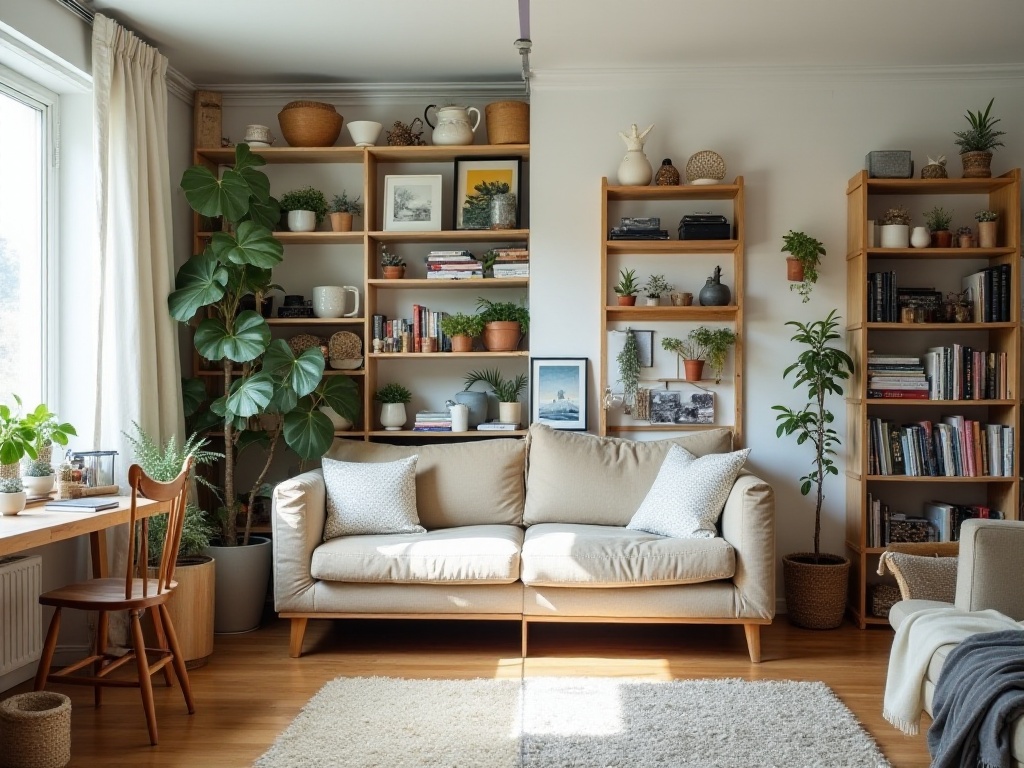Opening Words
Hello everyone! I recently moved to a new home and I'm super excited! While the house is generally nice, the kitchen is frustratingly small. As a food enthusiast who cooks daily, every time I walk into that cramped kitchen, I just want to tear down the walls and rebuild. Honestly, cooking in this tiny kitchen means constantly bumping into things, with pots and pans scattered everywhere, never enough counter space, and having to dig through everything just to find a seasoning. But after more than a month of repeated trials and intensive research, I've finally compiled a set of amazing storage secrets that I want to share with you, along with my journey and practical tips.
Space Planning
To be honest, when I first moved in and saw this tiny kitchen, I was completely overwhelmed. I couldn't even extend my elbows while cooking, let alone showcase my culinary skills. Looking at the mess of kitchen utensils every day, I felt like life was impossible. Then one day, while watching videos, I saw a foreign housewife's kitchen renovation and had an epiphany: the key issue isn't the size of the space, but how to make the most of every inch.
So, I took out pen and paper and started replanning my small kitchen. First, I divided the entire kitchen into three functional areas: prep area, cooking area, and storage area. The prep area is next to the sink, where I keep the cutting boards and food preparation tools. The cooking area is designed around the stove, with the most frequently used cookware and seasonings within arm's reach. The storage area utilizes the remaining cabinet and wall space, specifically for storing less frequently used kitchen tools and storage items.
Most amazingly, through this planning, I discovered how smooth my cooking workflow could be. From washing vegetables at the sink, turning to cut them on the cutting board, then directly placing the cut vegetables into the pan for stir-frying, without any back-and-forth. Plus, since everything has a fixed place, I no longer face the embarrassment of searching the entire house just to find a spoon.
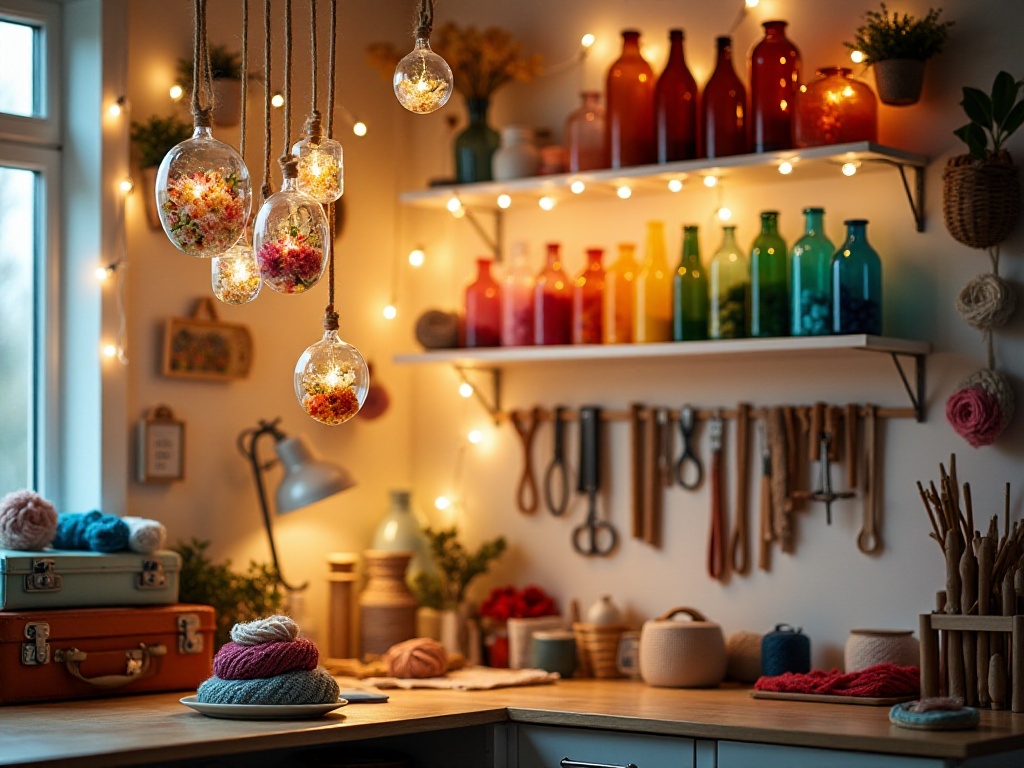
Storage Philosophy
When it comes to storage, I have plenty to say. Through this period of research, I discovered a major secret: vertical space is heaven's gift to small kitchens! Really, most people just stuff things into cabinets, completely ignoring the potential of walls and cabinet doors.
I installed a magnetic knife holder on the wall, which is truly amazing. Previously, my knives were lying in drawers scratching against each other, but now they're all neatly "standing" on the wall, not only looking professional but also very convenient to access. The inside of cabinet doors is also prime real estate - I hung several small hooks there, specifically for hanging measuring cups and strainers.
I remember being particularly impressed by Japanese storage concepts during my trip to Japan. Their drawers are divided into grids of various sizes using storage boxes, with each utensil having its own designated spot. After returning home, I immediately bought a bunch of dividers and gave my drawers a major makeover. Now in my drawers, ladles, chopsticks, spatulas, and tongs all lie neatly in their own compartments, completely avoiding the previous disaster of things rolling around when opening drawers.
That's not even the most impressive part - I also installed an expandable shelf on the wall specifically for various seasonings and small kitchen tools. The best thing about this shelf is that you can adjust the number of levels and spacing according to needs, perfectly accommodating bottles and containers of different sizes. Plus, because it's a suspended design, you can still place things underneath it, making it truly exemplary in space utilization.
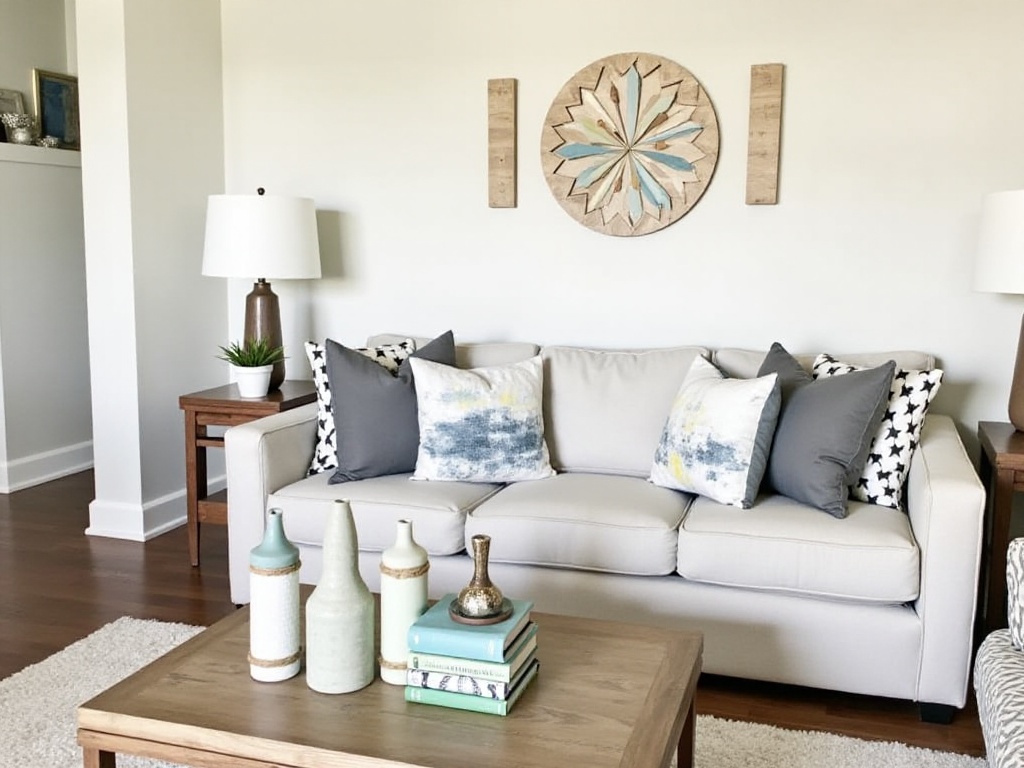
Item Classification
Through this period of practice, I increasingly feel that the core of storage is categorizing items. My classification principle is simple: arrange items by frequency of use. Simply put, frequently used items go within reach, less frequently used items can go further away.
For example, with seasonings, I organize them like this: daily-use items like salt and soy sauce are placed on the seasoning rack next to the stove, within arm's reach. Those spices used for international cuisine, like curry powder and basil, are all stored in the upper cabinets. As for hot pot bases and marinade packets that are only used occasionally, I even stored them in the sideboard.
Cookware storage also has its principles. I regularly use just a wok and a soup pot, so these are naturally placed in the most accessible positions. As for baking trays and cake molds, they're stored in higher cabinets. After all, I'm not baking cakes every day, so there's no need to occupy prime positions.
Another method I find particularly effective is: keeping similar items together. For example, I keep all food storage containers in the same cabinet, large and small, square and round, neatly stacked together. This way, when looking for a container of a particular size, you can see them all at once, without having to search everywhere.

Practical Tips
When it comes to specific storage tips, I've really summed up quite a few practical tricks. First is to choose transparent storage containers whenever possible - this is really crucial. Think about it, if you use opaque boxes, you have to open them every time to see what's inside, how troublesome. With transparent storage containers, you can see what's inside at a glance from the outside, improving efficiency several times over.
I also labeled each storage compartment, which is absolutely fantastic. The labels not only show what's inside but also note expiration dates. This is especially useful for seasonings and dry goods - everything is clear at a glance, and you'll never have things expire without knowing.
In choosing storage containers, I also went through repeated trials. At first, I thought those stylishly designed storage containers looked great and bought quite a few. But as I used them, I discovered that simple rectangular boxes are the most practical, as they're easiest to arrange and have the highest space utilization.
Utilizing corner spaces is also a skill. For example, in that irregular space under the sink, I placed a pull-out double-layer rack. The upper layer holds daily-use items like dish soap and scrubbers, while the lower layer is used for garbage bags and spare cleaning tools. This way, previously awkward dead corner space becomes super practical.
The vertical space in cabinets also has its tricks. I added several dividers in the cabinets, turning space that could only be stacked into multi-layer storage areas. Now cutting boards and baking trays can be stored vertically, not only saving space but also avoiding concerns about crushing items underneath when retrieving them.
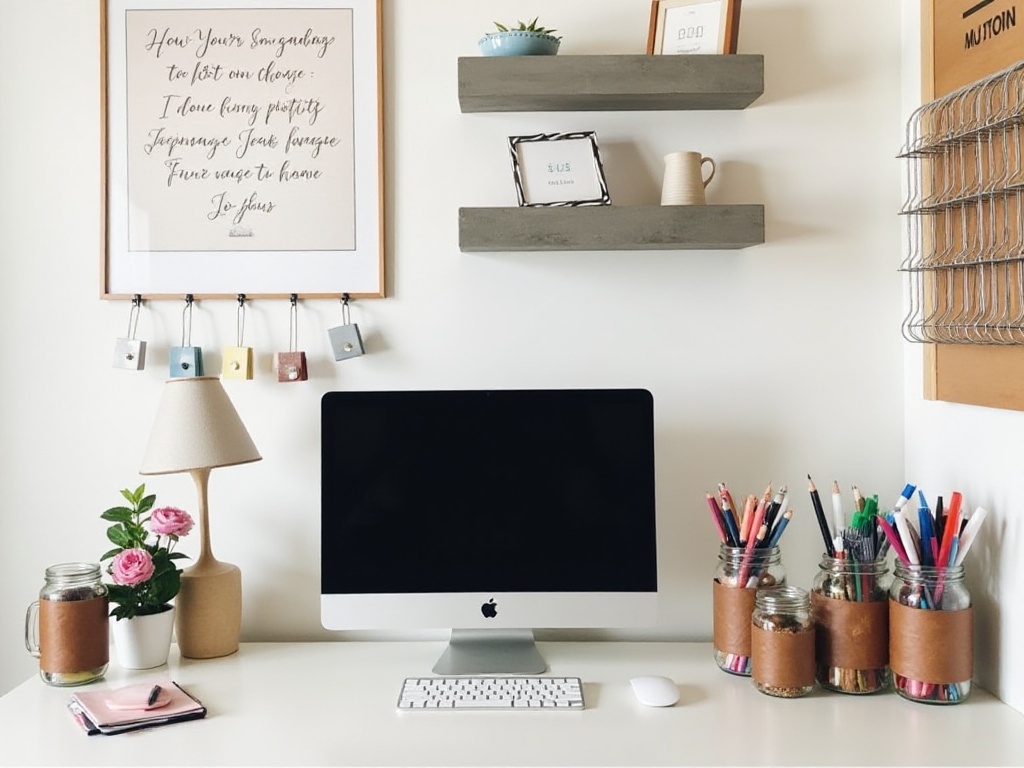
Experience Sharing
Through this period of exploration, I increasingly feel that the key to small kitchen storage is learning to "let go." Honestly, many things we hoard are never used, and rather than keeping them taking up space, it's better to just get rid of them.
Take me for example, when moving I discovered I had five spatulas, three strainers, and four soup ladles! Thinking carefully, I really only use one or two that feel comfortable, while the others just collect dust. So I made the tough decision to give away the extras, and the kitchen immediately felt much more spacious.
It's also important to regularly check and update storage spaces. For instance, I check the expiration dates of seasonings and dry goods every month, throwing out expired items and prioritizing the use of items near expiration. This not only ensures food freshness but also clears out extra space in a timely manner.
The selection of storage items must also be adapted to local conditions. Since my kitchen cabinets are relatively shallow, I specifically chose flat storage boxes, which both fully utilize space and avoid difficulties in retrieving items.
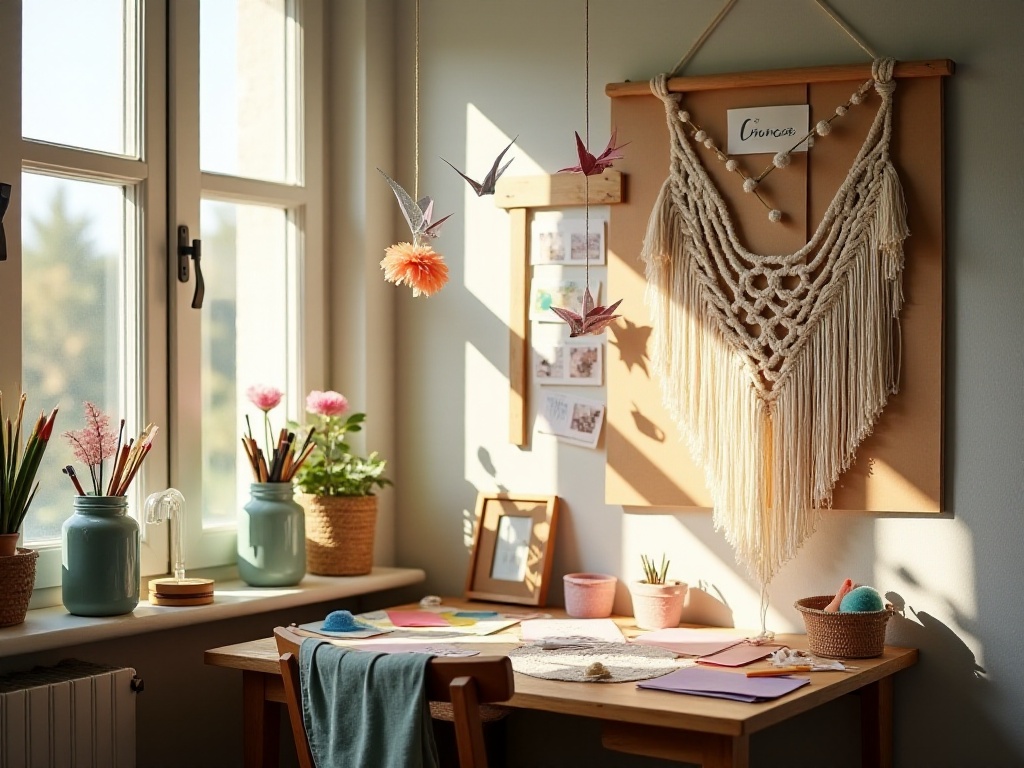
Storage Habits
Honestly, establishing good storage habits is really important - this might be the point I want to emphasize most. Putting things back in their place immediately after use seems simple, but it really takes willpower to do. At first, I often got lazy too, randomly placing things down after use, and before long the kitchen would be in chaos again.
Later I made a rule for myself: while cooking, return items to their place immediately after use. For example, putting the knife back on the rack right after cutting vegetables, returning seasoning bottles to the spice rack immediately after use. After persisting for about two weeks, this habit gradually formed. Now even when I'm in a hurry, I automatically put things back in their place.
The benefits of this habit are really numerous. First, my mood improved - every time I walk into the kitchen and see everything neat and orderly, I immediately feel better. Second, cooking efficiency increased because everything is in its proper place and no time is wasted searching. Most importantly, this habit keeps the kitchen perpetually tidy, eliminating the need for major cleanups.
I've also developed a habit of checking the kitchen every night after cleaning up to ensure everything is in its place. This habit is particularly useful because it lets you start cooking the next day in a good mood as soon as you enter the kitchen.
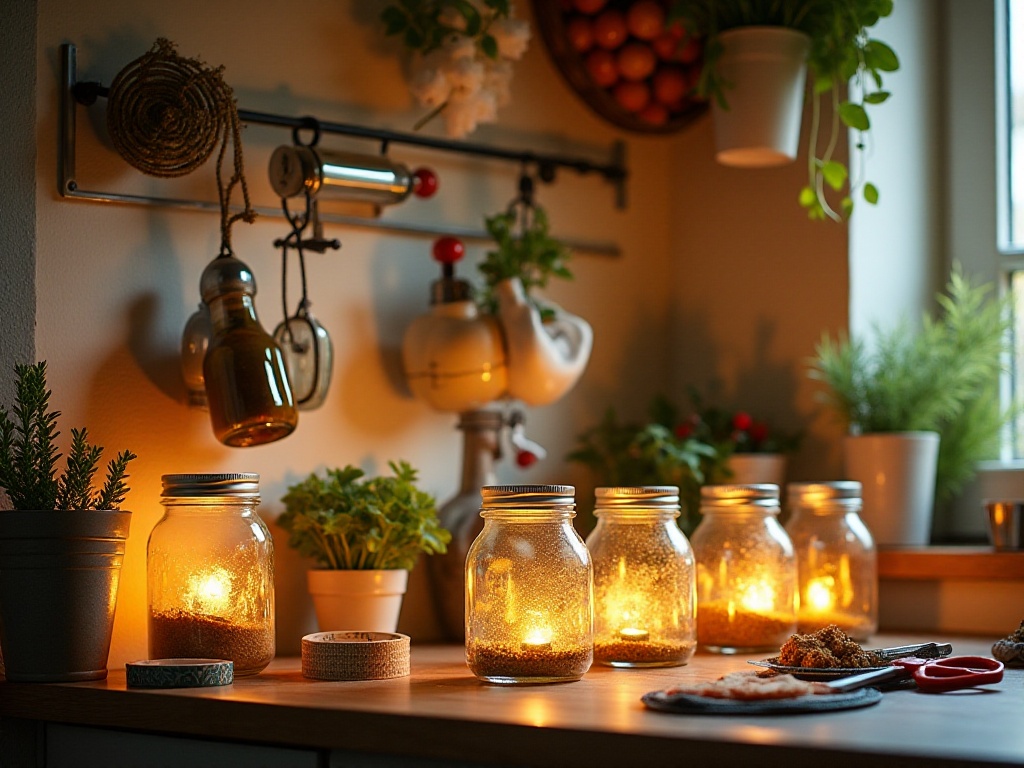
Closing Thoughts
Honestly, through this period of effort, my small kitchen has undergone a dramatic transformation. From initially being overwhelmed to now having everything in order, this process indeed requires constant trial and adjustment. But when you see a previously chaotic space become neat and orderly, when you experience how cooking becomes so smooth, you'll feel it was all worth it.
Interestingly, a tidy kitchen has actually inspired more creative inspiration. Previously, cooking in a small kitchen felt like torture, but now I look forward to every cooking session. Maybe it's because when everything is in order, you can fully concentrate on the cooking itself.
However, I want to say that creating an ideal kitchen space isn't something that happens overnight. It requires constant observation, thinking, and adjustment. Like how I'm still optimizing various details and constantly finding new areas for improvement. This process itself is actually quite interesting - you gradually discover your usage habits and make targeted adjustments.
Finally, a small suggestion for everyone: don't rush to transform all areas at once; you can start with what bothers you most. For example, if you find seasonings the most chaotic, tackle the seasoning storage problem first. Once one area is sorted out, then consider the next. This way not only reduces pressure on yourself but also lets you enjoy the sense of achievement from the transformation immediately.
Remember, the kitchen is a place to enjoy food, not to feel anxious. I hope through these shares, I can help everyone make their small kitchen more practical and comfortable. I look forward to seeing more
Related articles



